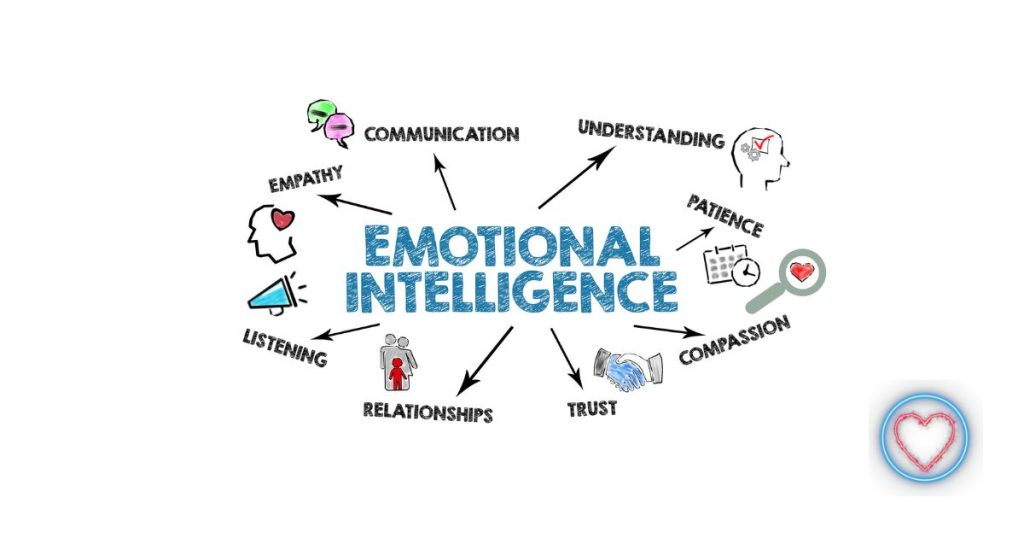Betrayal is one of the most painful experiences a person can endure. It shatters trust, breaks bonds, and leaves deep emotional scars. Unlike physical wounds, the wounds caused by betrayal are often invisible to others, hidden beneath the surface but no less real or debilitating. These unseen wounds can affect every aspect of your life — your relationships, your self-esteem, your ability to trust, and your overall mental health.
Healing from betrayal is neither quick nor easy, but it is possible. It requires courage, self-compassion, and intentional effort. In this article, we will explore practical steps and emotional tools to help you recognize, understand, and heal the unseen wounds of betrayal so you can reclaim your peace and rebuild your life.
Understanding the Nature of Betrayal
Betrayal occurs when someone you trust violates that trust in a way that causes you harm. It can happen in many contexts — romantic relationships, friendships, family, or even at work. Common forms include infidelity, dishonesty, broken promises, or abandonment.
What makes betrayal so damaging is that it wounds your sense of safety and security in relationships. The person who betrayed you was someone you depended on, and their actions create a painful disconnect between your expectations and reality.
Because these wounds are emotional rather than physical, they often go unrecognized or misunderstood by others. You may feel isolated, doubting your own perceptions, or overwhelmed by feelings you cannot easily express.
Step 1: Acknowledge Your Pain and Give Yourself Permission to Feel
The first and most important step in healing is to acknowledge the pain betrayal has caused. It’s normal to experience a complex mix of emotions — sadness, anger, confusion, shame, and even numbness.
Why acknowledgment matters:
- It validates your experience and feelings.
- It prevents emotional suppression, which can lead to anxiety or depression.
- It lays the groundwork for emotional processing and healing.
How to do it:
- Allow yourself to feel without judgment. It’s okay to cry, feel angry, or be confused.
- Write down your feelings in a journal or express them through art or music.
- Talk to someone you trust or consider professional counseling.
- Remind yourself that your feelings are valid and normal.
Step 2: Understand the Impact of Betrayal on Your Mind and Body
Betrayal doesn’t only affect your emotions; it can trigger a physiological response. Your brain treats betrayal as a form of social pain, activating stress hormones like cortisol. This can lead to symptoms such as insomnia, fatigue, headaches, and even physical illness.
Why this matters for healing:
- Recognizing the mind-body connection helps you take a holistic approach to recovery.
- It helps explain why you might feel physically unwell or exhausted after betrayal.
- It encourages self-care strategies that support both mental and physical health.
What to do:
- Prioritize rest and sleep.
- Practice relaxation techniques such as deep breathing, meditation, or yoga.
- Engage in regular physical exercise to reduce stress.
- Eat nourishing foods that support brain health.
- Consider professional help if you experience persistent physical symptoms.
Step 3: Set Boundaries to Protect Yourself
After betrayal, it’s essential to create boundaries that safeguard your emotional wellbeing. This may involve distancing yourself from the person who betrayed you or from toxic environments that reinforce your pain.
How boundaries help:
- They provide space for healing.
- They prevent further emotional harm.
- They help you regain control over your life and choices.
Practical boundary-setting:
- Limit or cut off contact with the betrayer, if possible.
- Avoid places or social situations that trigger painful memories.
- Communicate your needs clearly to friends and family.
- Protect your personal information and emotional vulnerability.
Step 4: Challenge Negative Beliefs and Rebuild Self-Trust
Betrayal often shatters your self-esteem and makes you question your judgment. You might blame yourself or feel unworthy of love and respect.
Rebuilding self-trust is crucial for healing:
- It restores your confidence and sense of identity.
- It helps you set healthy boundaries in the future.
- It prepares you to engage in new, trusting relationships.
How to rebuild self-trust:
- Challenge self-blaming thoughts with evidence and compassion.
- Affirm your worth regularly through positive self-talk.
- Set and honor small personal goals to build confidence.
- Reflect on lessons learned without harsh judgment.
- Seek support from trusted friends, mentors, or therapists.
Step 5: Seek Support and Avoid Isolation
Healing the unseen wounds of betrayal is difficult to do alone. Isolation can deepen pain and prolong recovery. Instead, reach out for support.
Types of support:
- Friends and family: Share your feelings with those who listen without judgment.
- Support groups: Join groups for people who have experienced similar betrayals.
- Professional counseling: Therapists can offer guidance and coping tools.
- Self-help resources: Books, podcasts, and workshops on healing and resilience.
Benefits of support:
- Provides validation and understanding.
- Offers new perspectives and coping strategies.
- Reduces feelings of loneliness and shame.
Step 6: Practice Forgiveness — For Yourself and Others
Forgiveness is often misunderstood as condoning or forgetting betrayal, but it is actually about freeing yourself from the burden of anger and resentment.
Why forgiveness matters:
- It helps release emotional pain and grudges.
- It allows you to reclaim your power and peace.
- It opens the door to moving forward without bitterness.
How to practice forgiveness:
- Recognize that forgiveness is a personal process that takes time.
- Start by forgiving yourself for any perceived mistakes or guilt.
- Understand the betrayer’s actions may stem from their own flaws and pain.
- Practice empathy but maintain healthy boundaries.
- Seek professional guidance if forgiveness feels too overwhelming.
Step 7: Rebuild Trust — Slowly and Intentionally
If you decide to continue a relationship with the person who betrayed you, rebuilding trust is essential. This is a gradual process requiring effort from both parties.
How to rebuild trust:
- Communicate openly about feelings and expectations.
- Set clear agreements on behaviors and boundaries.
- Observe consistent, trustworthy actions over time.
- Be patient with setbacks and practice forgiveness.
- Consider couples therapy or mediation to facilitate healing.
If rebuilding trust isn’t possible or healthy, focus on trusting yourself and forming new, healthier relationships.
Step 8: Focus on Personal Growth and Resilience
While betrayal is painful, it can also be a catalyst for profound personal growth. Many people discover greater strength, self-awareness, and clarity after healing.
Ways to foster growth:
- Reflect on the experience to gain insights into your values and boundaries.
- Engage in activities that boost self-esteem and joy.
- Cultivate mindfulness and emotional intelligence.
- Set goals that reflect your renewed priorities.
- Practice gratitude for the lessons learned.
Growth doesn’t erase the pain but helps you transform it into wisdom and strength.
Conclusion: Healing Is a Journey, Not a Destination
Healing the unseen wounds of betrayal is a complex and deeply personal process. It takes time, patience, and intentional action. Remember that your pain is valid, your feelings are important, and your journey toward healing is unique.
By acknowledging your pain, caring for your mind and body, setting boundaries, rebuilding self-trust, seeking support, practicing forgiveness, and focusing on growth, you can move beyond betrayal’s shadow and reclaim your peace.
The scars of betrayal may never fully disappear, but with time, they can become marks of resilience and strength — reminders that you survived, healed, and are ready to love again, wiser and more empowered than before.










